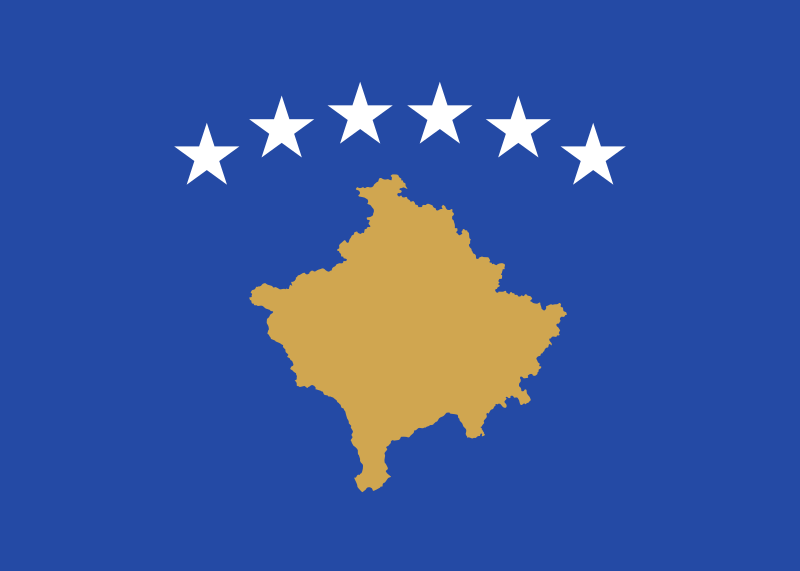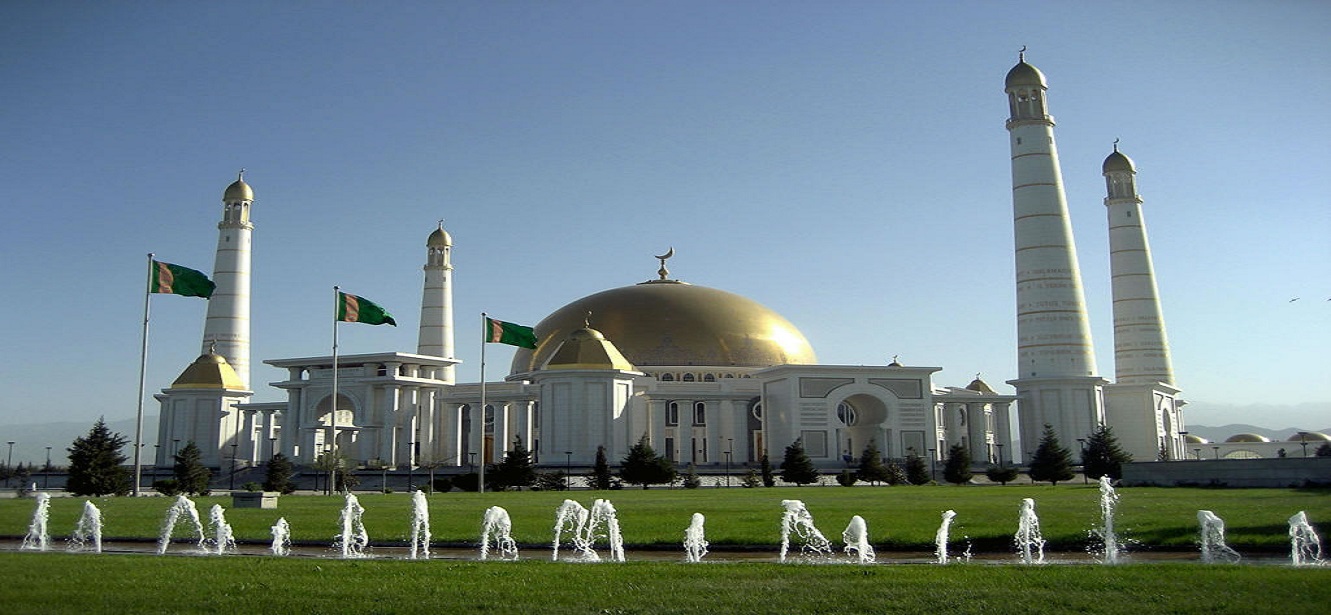General Information
Population
6.031.187 (World Bank 2020)
6.200.000 (SMS TM)
Immigration
194.920 (UN DESA Immigration Stock 2020)
Emigration
242.554 (UN DESA Emigration Stock 2020)
Working-age population
3.886.509 (World Bank 2020)
Unemployment rate
4.4% (World Bank 2020)
GDP
45.231.428,57 mln, current prices USD (IMF 2020)
Migration Authorities
Responsible Body
Line Ministries
Ministry of Labour and Social Protection of Population
Ministry of Interior
Agencies
Description
Turkmenistan features a growing and young population that surpassed 6 million in 2020. Over 60 % of the population is of working age with the median age projected to reach 35.2 years by 2040. Unofficial reports allude to a total population of only 2.7-2.9 million, resulting from substantial emigration and a declining fertility rate.
Turkmenistan is predominantly a country of emigration. In 2019, media announced that 1.9 million Turkmens had left the country in 2008-2018, mainly because of the deteriorating economic situation and for political reasons. The same year, more than 100,000 people left the country, with the vast majority migrating to Turkey for employment. In 2019, over 133,000 Turkmens resided in Turkey, with some 80.000 of them having first-time residence or work permits. By mid-2021, their overall number decreased to 125,000. However, given the visa-free regime between the two countries, the real number of Turkmens in Turkey is assumed to be much larger. The overall volume of labour migration from Turkmenistan was estimated at 200,000-300,000 people in 2016.
Apart from Turkey, Russia, Belarus, Ukraine, Kazakhstan, Uzbekistan, and the Gulf countries represent further popular destinations for Turkmen nationals. In 2019, more than 14,000 people moved to Russia – a record number not seen since 1997. In addition, over 34,000 Turkmen students enrolled to higher education institutions in Russia in the 2019/2020 academic year, marking a tenfold increase over a decade. While media reports suggest that Turkmenistan is restricting the cross-border mobility of its nationals by imposing travel restrictions on certain categories of the population, the Law on Migration stipulates that Turkmens can freely leave the country to study and work abroad. This makes student migration a viable option to emigrate in a regular manner. While most migratory movements remain temporary (some 12,000 Turkmens came to Russia and left again in 2020), a tendency towards permanent emigration can also be observed. For instance, the number of Turkmens acquiring Russian citizenship increased from 729 persons in 2017 to 2,451 in 2020.
In the past, most Turkmens settled in Russia, Ukraine, Germany and Belarus. A Turkmen diaspora is present in nearly all post-Soviet countries, as well as in Iraq (about 3 million people), Syria (about 3 million), Afghanistan (about 2 million), and Iran (from 1.5 to 3 million). Experts estimate that some 10 million ethnic Turkmens live in countries beyond the post-Soviet space. Within the EU, Germany is by far the main destination for Turkmen citizens who held over 1,000 valid residence permits at the year-end in the last decade. Meanwhile, the number of irregular Turkmen migrants in the EU is insignificant: for the past five years, around 100 illegal migrants were registered annually, about 60 ordered to leave and even fewer refused to enter the EU.
The quest for international protection primarily targets the US that hosts some 200 Turkmen refugees since 2017, followed by Germany hosting around 100 refugees. Turkey registered over 1,300 Turkmen asylum applications in 2017-2018, but has not recognized them as refugees.
According to the UN Population Division, Turkmenistan hosts almost 195,000 foreign nationals, most of whom originate from Russia, Uzbekistan and Kazakhstan, with the immigrant stock steadily decreasing. The country also hosts almost 4,000 stateless persons and some 20 refugees from Afghanistan and Azerbaijan. Importantly, Turkmenistan undertakes steps to end statelessness on its territory. In 2020, it granted citizenship to 2,580 people. Over the past 15 years, 26,000 refugees and stateless persons received Turkmen citizenship.
Turkmenistan is a participating state of the Prague, Budapest and Almaty Processes. It has endorsed the Global Compact for Migration, committing to establish regular, orderly and safe migration pathways as part of its 2017 Migration Concept, national plans and strategies, the Law on Migration and other legal acts. In recent years, the country amended some key national legislation including the Law on Refugees, the Law on Migration and the Law on Combatting Human Trafficking. In January 2019, the Government adopted the National Action Plan for the Elimination of Statelessness 2018-2024. In December 2019, Turkmenistan adopted a new National Action Plan for 2020-2022 on Combatting Human Trafficking and launched the National Referral Mechanism 2019-2021 focusing on identification of and assistance to trafficked persons.
- Population: 2 845 955
- Emigration: 43 853
- Immigration: 20 753

- Population: 2 961 900
- Emigration: 31 200
- Immigration: 15 800

- Population: 8 978 929
- Emigration: 101 714
- Immigration: 154 202

- Population: 10 119 100
- Emigration: 1 654
- Immigration: 2 042

- Population: 9 349 645
- Emigration: 20 976
- Immigration: 34 846

- Population: 11 521 238
- Emigration: 102 413
- Immigration: 41 756

- Population: 3 475 000
- Emigration: 1 671 177
- Immigration: 37 100

- Population: 6 838 937
- Emigration: 26 755
- Immigration: 39 461

- Population: 4 047 680
- Emigration: 34 046
- Immigration: 33 414

- Population: 918 000
- Emigration: 17 373
- Immigration: 26 170

- Population: 10 519 913
- Emigration: 19 232
- Immigration: 69 201

- Population: 5 873 420
- Emigration: 50 171
- Immigration: 76 552

- Population: 1 331 796
- Emigration: 12 481
- Immigration: 19 524

- Population: 5 550 066
- Emigration: 13 459
- Immigration: 36 364

- Population: 67 813 396
- Emigration: 29 000
- Immigration: 169 000

- Population: 3 728 600
- Emigration: 74 264
- Immigration: 89 996

- Population: 83 200 000
- Emigration: 966 451
- Immigration: 1 186 702

- Population: 10 432 481
- Emigration: 77 837
- Immigration: 84 221

- Population: 9 689 010
- Emigration: 21 730
- Immigration: 49 069

- Population: 5 011 000
- Emigration: 54 000
- Immigration: 65 200

- Population: 58 983 122
- Emigration: 159 884
- Immigration: 247 526

- Population: 18 984 845
- Emigration: 29 110
- Immigration: 11 447

- Population: 1 798 188
- Emigration: 8 724
- Immigration: 11 543

- Population: 6 636 800
- Emigration: 961
- Immigration: 5 822

- Population: 1 875 757
- Emigration: 12 975
- Immigration: 12 689

- Population: 39 315
- Emigration: 432
- Immigration: 713

- Population: 2 805 998
- Emigration: 25 205
- Immigration: 44 858

- Population: 645 397
- Emigration: 15 959
- Immigration: 25 335

- Population: 519 562
- Emigration: 12 679
- Immigration: 13 885

- Population: 3 542 708
- Emigration: 2 243
- Immigration: 4 223

- Population: 619 211
- Emigration: 6 631
- Immigration: 6 008

- Population: 17 600 000
- Emigration: 142 517
- Immigration: 250 792

- Population: 2 097 319
- Emigration: 1 082
- Immigration: 1 848

- Population: 5 435 536
- Emigration: 34 297
- Immigration: 53 947

- Population: 38 914 000
- Emigration: 8 780
- Immigration: 13 263

- Population: 10 344 802
- Emigration: 68 209
- Immigration: 111 311

- Population: 19 186 201
- Emigration: 192 631
- Immigration: 163 806

- Population: 146 171 015
- Emigration: 487 672
- Immigration: 594 146

- Population: 6 871 547
- Emigration: 26 858
- Immigration: 11 306

- Population: 5 431 306
- Emigration: 2 428
- Immigration: 17 507

- Population: 2 107 180
- Emigration: 17 745
- Immigration: 36 110

- Population: 47 385 107
- Emigration: 381 724
- Immigration: 530 401

- Population: 10 475 204
- Emigration: 48 284
- Immigration: 90 631

- Population: 8 736 500
- Emigration: 114 600
- Immigration: 165 600

- Population: 9 506 300
- Emigration: 54 495
- Immigration: 40 859

- Population: 84 680 273
- Emigration: 330 289
- Immigration: 677 042

- Population: 6 200 000

- Population: 41 418 717
- Emigration: 19 121
- Immigration: 26 361

- Population: 67 081 000
- Emigration: 334 000
- Immigration: 573 000

- Population: 35 079 200
- Emigration: 13 648
- Immigration: 1 105


